This article was first published by the American Farm Bureau Federation.
On April 25, the Bureau of Labor Statistics released the results of the May 2022 Occupational Employment and Wage Estimates (OEWS). This is important because under the new Adverse Effect Wage Rate (AEWR) final rule that went into effect on March 30, the OEWS data is now the basis for the single-Standard Occupational Classification (SOC) H-2A AEWRs, which are the wage rates paid to H2-A visa holders with specific jobs outside the primary farm occupations, unless the six SOC code AEWR is higher and then it must be paid. In accordance with the final rule, the single-SOC AEWRs based on the newly released OEWS data will be announced in a Federal Register notice and become effective on or about July 1. The single-SOC OEWS-based AEWRs will apply from July 1, 2023, through June 30, 2024.
The new methodology for single-SOC AEWRs stipulates that wage rates will be set at the state level if a state-level OEWS wage rate for an SOC code is available. If a state-level OEWS is not available, then the national wage rate for the SOC code will be utilized to set the single-SOC AEWR. According to fiscal year 2022 disclosure data, of the 371,619 H-2A positions that were certified in fiscal year 2022, 8,521 positions fell outside of the six SOC code AEWR group (those in six standard farm occupations) and thus would now have single-position AEWRs. This is how DOL justified the new methodology only impacting 2% of H-2A positions, though we discuss this faulty logic (and explain the program) in some detail in the Market Intel article AEWR Methodology Change a Blow to Growers.
However, as is usually the case, the average occurrence of H-2A positions that fall outside the six SOC code AEWR group varies significantly from state to state. The fiscal year 2022 disclosure data reveals that there are some states like Alaska, Delaware, Massachusetts, Rhode Island, West Virginia and Wyoming that didn’t have a single certified H-2A position that fell outside of the six SOC code AEWR group. For another 13 states (Kentucky, Pennsylvania, Georgia, Nevada, Washington, North Carolina, South Carolina, Michigan, Montana, New York, Maryland, California and Virginia) there were a handful of positions that were classified with SOC codes outside of the six SOC code AEWR group, but the number of those positions relative to the total number of certified positions rounded down to 0%. For another 20 states, the share of SOC codes outside of the six SOC code AEWR group rounded to 1-4% of the total number of certified positions. But, as shown in Figure 1, for 12 states, the share of SOC codes outside of the six SOC code AEWR group accounted for 5% or more of total H-2A positions. The two states that stand out the most here are Iowa and South Dakota, where the share of SOC codes outside of the six SOC code AEWR group accounted for 37% and 42% of total H-2A positions, respectively.
The role of SOC codes outside of the six SOC code AEWR group was significant under the previous methodology in some states; but it is likely that the new methodology will lead to even more positions being given an SOC code that will fall outside of the six SOC code AEWR group. If one reads the job titles in the disclosure data, rather than just the SOC title for requested positions, it becomes clear that many more positions would be classified with an SOC code that would warrant an individual position AEWR under the new rule.
For example, in one application, certified positions were given the SOC code 45-2091 (SOC title: Agricultural Equipment Operators), but the job title is “Farm Worker – Grain Hauler.” It is likely that these positions would receive a different SOC code under the new rule. Likely SOC codes for these positions might be 53-3032 – Heavy and Tractor-Trailer Truck Drivers or 53-3033 – Light Truck Drivers, depending on the type of vehicle being driven. SOC occupation profiles can be found here.
Beyond reading job titles in the disclosure data, it is also pertinent to put oneself in the shoes of a grower completing an H-2A application. How many growers consider driving a truck (either light or heavy/tractor-trailer) to be part of an agricultural equipment operator’s job and thus would expect to see those positions reclassified into single SOC AEWR positions? Seven percent of all H-2A positions across the U.S. in fiscal year 2022 were classified as ag equipment operator positions (SOC 53-2091). But, like above, the percentage of positions currently classified as ag equipment operator varies significantly from state to state. In Figure 2, it can be observed that in fiscal year 2022, the share ranged between a low of 0% in 10 states and a high of 69% in Kansas. The best part? Growers won’t know how their positions are classified until they receive an application determination and they have little recourse for challenging the SOC code selected by the reviewer.
How big of a deal would that be? Well, for example, in Kansas the six SOC code AEWR in calendar year 2023 is $17.33. The recently released May 2022 OEWS wage data for Kansas reveals that the individual AEWRs for July 1, 2023-June 30, 2024, for SOC 53-3032 – Heavy and Tractor-Trailer Truck Drivers and 53-3033 – Light Truck Drivers will be $24.84 and $20.63, respectively. The difference between the six SOC code AEWR and the individual AEWRs? A 43% increase for SOC 53-3032 – Heavy and Tractor-Trailer Truck Drivers and a 19% increase for SOC 53-3033 – Light Truck Drivers. Check out your state’s May 2022 OEWS wage rates here. The standard six SOC AEWR for calendar year 2023 was covered in this Market Intel from November 2022.
Finally, this author has on many occasions complained that the Office of Foreign Labor Certification has not published an annual report since fiscal year 2016. This was the primary tool to learn more about H-2A usage in all 50 states. However, I recently discovered the following notice on the OFLC website: “[I]n order to promote more efficient use of limited resources, [OFLC] is discontinuing the publication of our Annual Report. OFLC will continue to publish and publicly release program data on our website through our quarterly-released Selected Statistics and Disclosure Data reports.” While the annual reports were more user-friendly, it is welcome that the disclosure data reports allow us to know more about H-2A usage across the U.S. We will go into more detail about the number of certified positions in each state over the years in subsequent Market Intel articles, but a summary of the fiscal year 2022 disclosure data reveals that, indeed, the H-2A program is utilized in every state, as depicted in Figure 3.
Summary
The release of the May 2022 OEWS data begins to help growers who utilize the H-2A program more fully understand what their wage outlays will be for the second half of calendar year 2023, if they have already received an approved application. However, for growers who have outstanding applications, knowing the OEWS wage data is only part of the picture. They can now focus solely on worrying about how their positions will be classified, knowing that that opaque determination will have significant implications on their total wage outlays.


